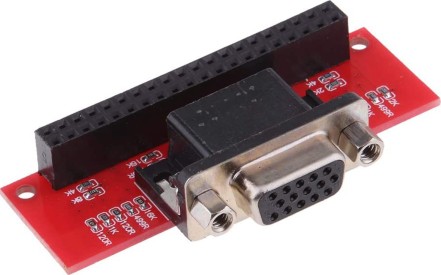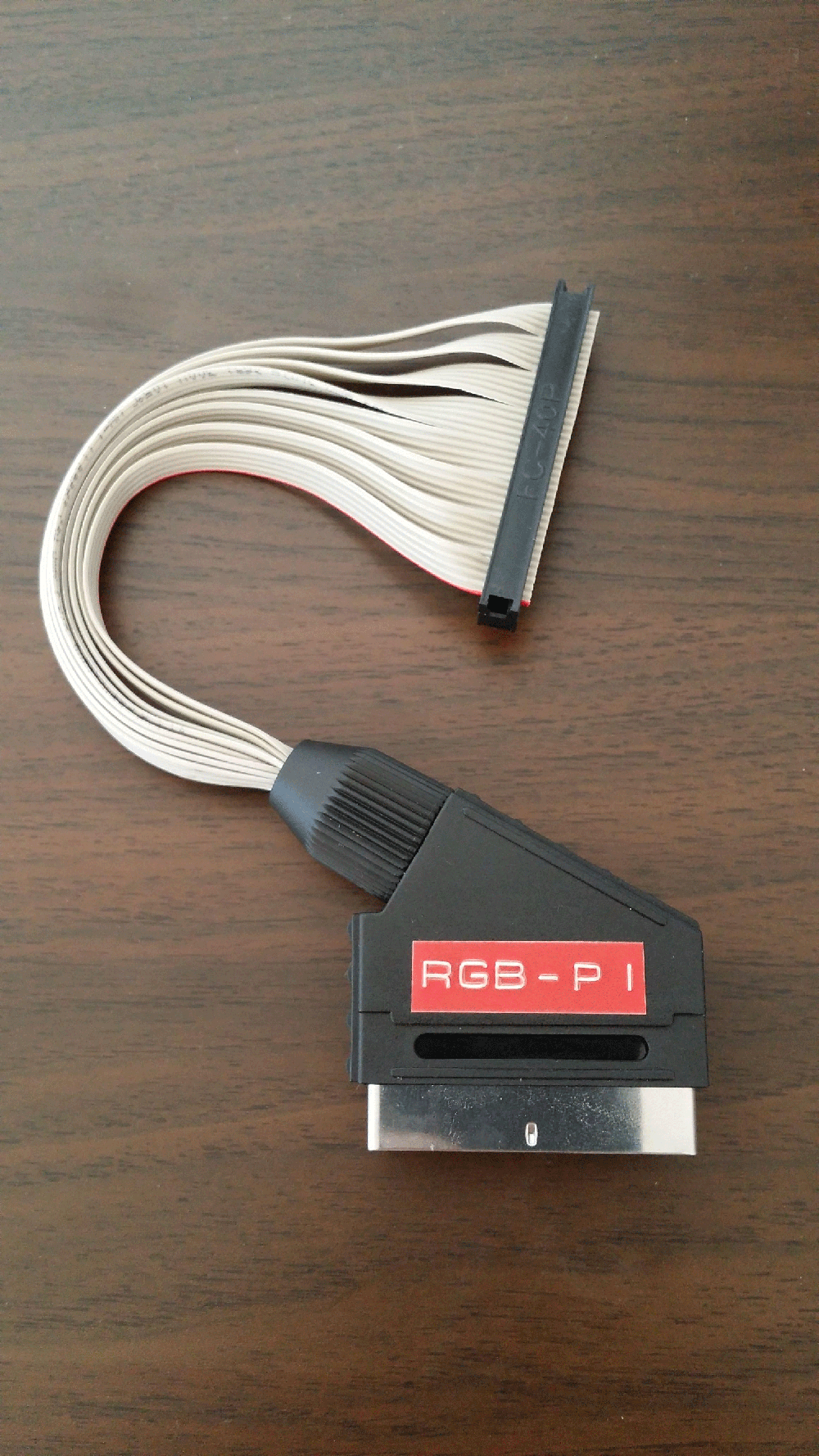

- #How to use retropie with vga666 software#
- #How to use retropie with vga666 iso#
- #How to use retropie with vga666 mac#
Just make sure to use a converter that’s just a DAC and not a scaler, such as the Zero-Lag Converters linked here: Software Images: As a result, you can use HDMI to VGA, or HDMI to Component Video converters instead of RPi ‘hats’. You can configure a RPi to output a CRT-compatible resolution via the HDMI port. As a note, I don’t recommend these for use with RGB monitors, as most will require a sync combiner, making other solutions easier and cheaper You can find these on Amazon or eBay for around $10 and they’re a great solution for people who want to use VGA CRT monitors as their display. One of the original RPi ‘hats’ is a VGA output device.

RetroTINK Ultimate main page, including config.txt settings and pre-configured images: If you’re looking for multiple outputs including SCART, you can simply get (or make) a custom “dsub to SCART” cable! As a note, the Ultimate is confirmed to work with the RPi4. It can also output both RGBs and RGBHV through it’s dsub connector! As a note, if you’re simply looking for a SCART solution, it might be easier to get one of the above products. Mike Chi, creator of the RetroTINK line of products created a device called the ‘RetroTINK Ultimate’ that outputs all of these signals. VGA / S-Video / YPbPr Component and Composite Output: My favorite is still the RGB-Pi for its ease of use, however there’s other excellent ones out there – I suggest searching around and choosing the one that fits your setup the best. When I first created this page, there were very limited options for RGB output. This is a good device for people who specifically want separate RGBs outputs, such as for direct connection to an RGB monitor or Extron switch (through RCA to BNC adapters): There’s a device called the ‘VGA666RGBs’ that’s essentially the same as an RGB SCART adapter, but it separates the outputs to RGBs via RCA connectors. Only one output at a time is supported, however it’s great there’s a choice: SCART users can simply use a cable and PVM/Crosspoint users can pick up a cheap “VGA to BNC” cable. This device can output RGBs through either a SCART port or a HD15 dsub connector. There’s also a JAMMA version available for use in arcade machines that uses the same software. This is one of my favorite solutions for RPi gaming! Everything you need is included right in the cable (including audio) and their custom software is the best I’ve used so far. Signal is PP24 and I used PP6 for ground (click for full-sized):

If you don’t want to buy a cable, you can solder an RCA jack directly to the pins on the bottom of the Pi like this. As a note, RPi 1’s have a composite port built in, but those are much too slow to use for emulation. Not all adapters are made the same though, so make sure to get something like this that’s the same exact pinout the RPi’s require.

Here’s my favorites:īasic Composite Video Output: If you’re just looking to use a RPi on a CRT TV, the cheapest option is to simply buy the proper 3.5mm adapter cable and add the proper settings to the config.txt file (if necessary). Luckily, there’s many options these days that should cover almost all use cases.
#How to use retropie with vga666 mac#
– Advanced options might require access to a Linux or Mac machine, but you can something like Virtual Box to run Linux inside your existing Windows machine.īefore starting your RPi build, you’ll need to decide what your target device will be.
#How to use retropie with vga666 iso#
Rufus / Win32diskimager / Any iso imaging software you’d like (just pick your favorite).– SDCard Formatter I recommend downloading the fat32formatter software as well. Older RPi’s will work as well, but they’ll be much slower. RPi3’s are the most compatible, but RPi4’s are much faster. The one thing that set a Raspberry Pi apart from other emulation boxes is how easy it is to use its analog output on RGB monitors or even basic CRT TV’s! The video above is a basic summary of how all this works and the page below will guide you through all the details of what you’ll need. In my opinion, it’s not a replacement for original consoles, but it’s a great alternative for classic arcade games, considering how easy it it. It’s not as powerful as a modern PC, but in many cases, it’s good enough to get the job done. Using a Raspberry Pi is an interesting and cost effective way to build a dedicated emulation platform.


 0 kommentar(er)
0 kommentar(er)
